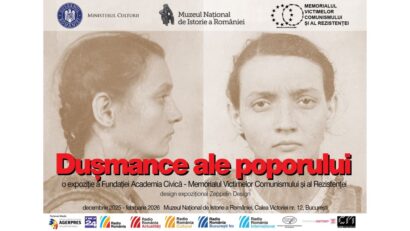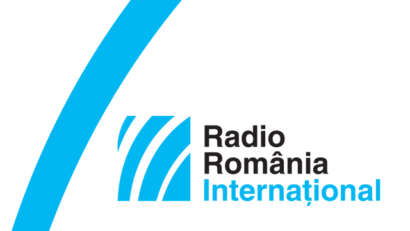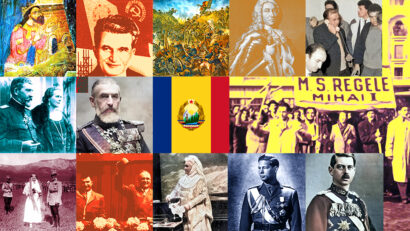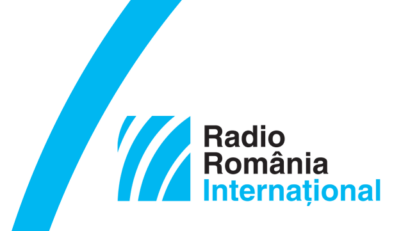The Spark(Scanteia) communist newspaper
Press and propaganda in the early days of communism in Romania
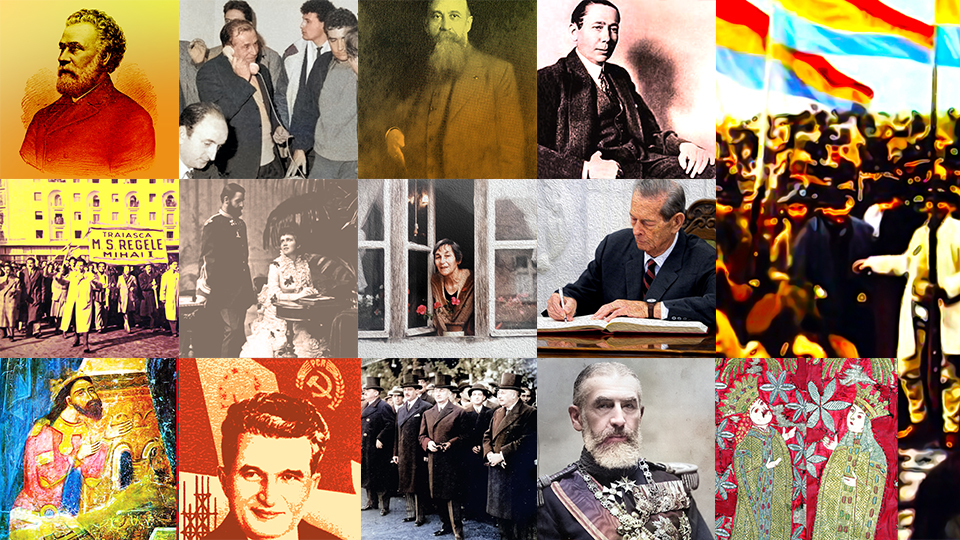
Radio România Internațional, 04.11.2024, 14:00
The press was one of the communist regime’s most powerful weapons regarding propaganda. The freedom of expression and of the press was a right that was gained in the 18th century. It was officially adopted as a universal right as stipulated in Article 11 of the Declaration of the Rights of Man and of the Citizen, issued in 1789. Notwithstanding, the communist and fascist totalitarian regimes have crippled such a right, turning it into a means of silencing the grassroots.
In the regimes of the communist parties in Central and Eastern-European countries the entire press revolved around ideology. Yet the parties had their own newspapers, their official voices by means of which the essence of the regime expressed itself.
In the Soviet Union, there used to be the newspaper Pravda or The Truth of 1912. Pravda still exists in the Russian Federation of today. In communist Bulgaria, until 1990, ”Rabotnichesko Delo” ” Workers’ acts “ was edited. In former Czechoslovakia, the party expressed itself through ”Rudé Právo” or “The Red Justice “, edited until 1995. In the former German Democratic Republic, ” Neues Deutschland” or ” The New Germany” has been issued since 1946 and is brought out to this day.
In former Yugoslavia “Borba” or “Fight” was edited until 2009 and sparsely reissued ever since. In Poland, ”Trybuna Ludu” Or People’s Tribune could be read from 1948 to 1990. And in Hungary, the press market was dominated by ”Szabad Nép”, ”The Free People “ from 1942 to 1946, and ”Népszabadság” sau ”People’s Freedom” from 1956 to 2016.
In Romania, the Romanian Communist Party spoke to society through The Spark, Scanteia, in Romanian.
Founded in 1931, at a time when the Romanian Communist Party was illegal in Romania because it took affirmative action for the dismemberment of the country, The Spak was on and off issued until 1940. It took its name from Iskra or The Spark, Lenin’s newspaper in exile, edited between 1900 and 1905.
« The Spark » was officially brought out for the first time on September 21st, 1944, as on August 30th The Red Army had occupied Bucharest, imposing the communist regime on the entire Romanian territory, until 1947. Art critic Radu Bogdan was interviewed by Radio Romania’s Oral History Centre in 1995. Born in 1920, the young Bogdan was a sympathizer of the communists and he had sporadic contacts with Romanian Communist party members in the war years. He became active immediately after the Soviets entered the country. Here he is, reminiscing, in 1995, how he contributed to the re-editing of the party newspaper.
”How did The Spark start? There were five of them, whom the party tasked with the editing of the first issue. Matei Socor headed the five: they Pavel Chirtoacă, engineer Solomon, Radu Mănescu and Iosif Ardelean, who later on had a job with the censorship.
So it started with these five, with engineer Solomon having administrative duties. Then, in my head, I wanted to do journalism, I didn’t know how to start. Hearing that Radu Mănescu was going to publish a newspaper, I introduced myself and asked if I could join as well, that I wanted to do journalism. As a result, I was invited to take a seat and do volunteer work. It was the so-called romantic period; we were dealing in ideals! I can tell you that I have done proofreading. My colleague was Mirel Ilieșiu, a film director. So, I got a foothold there since the first issue of The Spark.”
In the pages of the newspaper, idealistic communist intellectuals, older or newer opportunists, expressed themselves with extreme violence against democracy. One of them, Silviu Brucan, who survived the entire history of the regime and also had a public career after 1989, was among the most active. Radu Bogdan remembered the alert activity of the press in those years, especially that of The Spark, led by the sociologist Miron Constantinescu.
“Matei Socor was at the head of The Spark only one day. After that, Matei Socor was moved to the national radio station, and became general manager. A few days after the first issues of Spark, Miron Constantinescu came, he came fresh from prison. We often did night work at The Spark. I slept next to him on the same mattress in the first days, on the floor, there were no beds there.
The first editorial office of the newspaper Spark operated in the building of the former newspaper Curentul, headed by Pamfil Şeicaru. I was also Miron Constantinescu’s bodyguard during that period. But that’s just like those scarecrows in the field that aren’t real, because we weren’t walking around armed. But he went to the General Confederation of Labor every day and didn’t want to seem like he was walking the street alone, so he always took me with him. I looked like that, quite strong, I was tall. I didn’t have to face any attack. But for a few months I was like a kind of shadow for him.”
In the following 40 years, The Spark was what her peers were, a simple propaganda rag that hid the material shortages and the brutal violations of rights faced by Romanians. Over the years, important names in Romanian science and culture published articles in the newspaper, the list of collaborators being a long one. For posterity, The Spark case is an example of how the press should not be.

